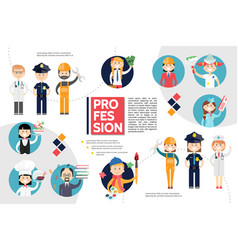Seasonal Factors In Commercial Exterior Painting: Trick Insights You Must Know
Seasonal Factors In Commercial Exterior Painting: Trick Insights You Must Know
Blog Article
Content Writer-Carlson Rodriquez
When you're intending an industrial outside painting project, seasonal factors can make or break your results. You'll wish to consider exactly how temperature and moisture influence paint application and drying times. Choosing professional painters near me can guarantee your paint adheres correctly and lasts much longer. However which best exterior paint for mobile homes are really the best for this kind of job? Let's check out the crucial elements that can affect your project's success.
The Influence of Temperature on Paint Application
When you're preparing a commercial external paint project, the temperature level can significantly impact exactly how well the paint sticks and dries out.
Preferably, you intend to repaint when temperatures range between 50 ° F and 85 ° F. If it's as well chilly, the paint might not treat correctly, causing concerns like peeling off or fracturing.
On the other hand, if it's also warm, the paint can dry too rapidly, protecting against correct adhesion and leading to an irregular finish.
You should likewise consider the moment of day; morning or late afternoon offers cooler temperature levels, which can be a lot more favorable.
Constantly inspect the producer's recommendations for the particular paint you're making use of, as they typically provide support on the optimal temperature level array for ideal outcomes.
Moisture and Its Result on Drying Times
Temperature level isn't the only ecological aspect that affects your commercial external painting project; moisture plays a considerable function also. High humidity levels can reduce drying times considerably, affecting the total high quality of your paint job.
When the air is saturated with wetness, the paint takes longer to cure, which can bring about concerns like inadequate bond and a greater danger of mold development. If you're repainting on an especially humid day, be planned for extensive delay times between layers.
It's crucial to keep an eye on regional climate condition and plan as necessary. Ideally, aim for humidity levels in between 40% and 70% for optimal drying out.
Maintaining these consider mind ensures your project stays on track and delivers an enduring surface.
Best Seasons for Commercial Exterior Paint Projects
What's the best time of year for your business outside paint projects?
Springtime and very early loss are commonly your best bets. Throughout these periods, temperature levels are light, and moisture degrees are usually reduced, producing excellent conditions for paint application and drying out.
Prevent summertime's intense heat, which can cause paint to dry also quickly, causing inadequate adhesion and finish. Likewise, winter's cool temperature levels can hinder proper drying out and curing, risking the longevity of your paint job.
Go for days with temperature levels in between 50 ° F and 85 ° F for ideal outcomes. Remember to examine the neighborhood weather report for rainfall, as wet conditions can destroy your job.
Preparation around these aspects guarantees your painting task runs efficiently and lasts much longer.
Final thought
In conclusion, planning your commercial exterior painting jobs around seasonal factors to consider can make a substantial difference in the outcome. By scheduling work throughout the suitable temperatures and humidity levels, you'll guarantee far better adhesion and drying out times. Remember to keep an eye on neighborhood weather prediction and pick the correct time of year-- spring and early autumn are your best options. Taking these steps will certainly aid you achieve a resilient and specialist coating that lasts.
